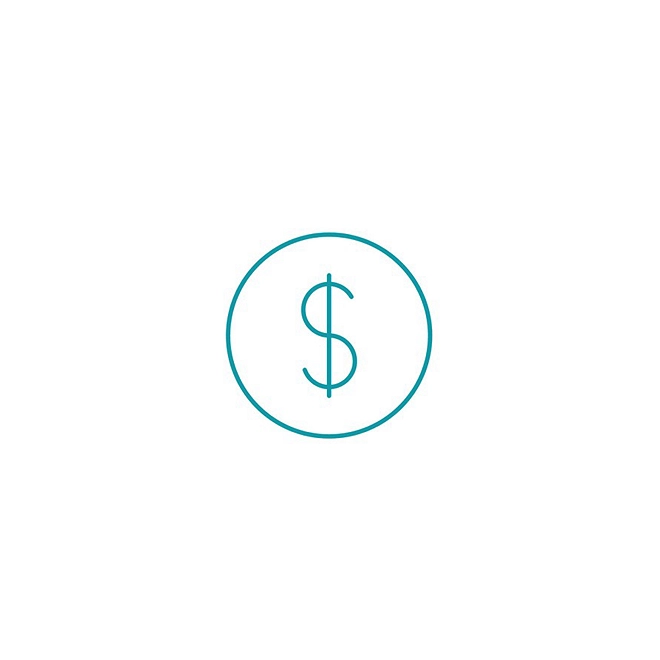Collaborate to build organisational resilience
2020 was a year that created immense pressure on organisations as they rapidly adjusted to critical workforce health and safety changes, radical shifts in consumer behaviour, new service delivery models, remote working and supply chain disruption. Facing into all of these changes concurrently was incredibly challenging and we heard a lot of rhetoric that we would start to step into a “new normal”. While this sentiment provides hope for stability, we know that hope is not a strategy. 2021 has already shown us that there is no “new normal”. We must find a way to build resilience and thrive in the face of continued turbulence and change.
Deloitte’s Global fourth annual readiness report “Building The Resilient Organization: 2021 Deloitte Global Resilience Report”1 explored how organisations coped with the tumultuous events of 2020 and identified the traits that characterize a resilient organisation.
The report found that businesses that enable and promote nimble strategies, adaptive cultures, and effective use of advanced technologies can bounce back from unexpected challenges. These organisations are typically prepared, adaptable, collaborative, trustworthy, and responsible.
The challenge many organisations now face is that they are still using remote or hybrid work models that were created at the height of the pandemic in response to an immediate need. These work models were created to address a specific and urgent needs at a moment in time - often without careful consideration and design. We are now seeing the challenges that these models present and how they can help or hinder the organisation’s ability to be deeply collaborative.
There is a sense of missing out on the ‘sparks’ that come from in-office collaboration moments such as serendipitously bumping into colleagues, the collective energy of creatively brainstorming, and an intimate knowledge of the team by simply walking the floors. In these scenarios, a pre pandemic notion of collaboration has been applied to a Zoom enabled remote and hybrid work model. This has resulted in fatigue, isolation and compromised mental health and wellbeing.
While we have experienced gains in productivity from working from home, there is also nostalgia for the connections we create in person, and the long-term wellbeing gains that come from physical human interactions. Many organisations are struggling to unpick the activities that are better performed in person and those that work better in a virtual environment. Black and white statements fall short of capturing the nuance and careful design required to create an inclusive, productive, healthy and collaborative hybrid work experience.
So how do you build a collaborative organisation using a remote or hybrid working model?
CASE STUDY
GitLab is the world’s largest all-remote workforce with 1,200+ employees across 67 countries that has put effortless collaboration at the heart of the organisation. They believe remote working and clearly defined collaboration ways of working delivers unique operational efficiencies including a more balanced payroll; no owned/leased office space; a broader pool of job applicants (over 3000 a week); and high employee retention of 85% per year.
1. “Building The Resilient Organization: 2021 Deloitte Global Resilience Report”
2. “The collaborative economy” Deloitte Access Economics for Google (2014)https://www2.deloitte.com/au/en/pages/economics/articles/collaborative-economy-unlocking-power-of-workplace-crowd.html
3. “Together makes better” Into the new. Accenture (2020)
4. Williams, R., 1995, “Self-Directed Work Teams: A Competitive Advantage”5. Deloitte, Rupert Darbyshire, 2020, “The future of collaboration technology is now.”



